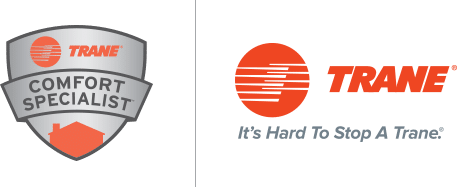Among several other goals, the 2022 Inflation Reduction Act aims to help reduce everyday living costs for homeowners across the United States. The initiative features a variety of valuable energy efficiency incentives, but what can you do to get in on the action?
Energy Efficient Home Improvement Credit
Initially scheduled to expire in 2022, the Energy Efficient Home Improvement Tax Credit has instead been revived and extended. Under the Inflation Reduction Act, this incentive — also known as the 25C program — will remain active through 2032. To eliminate any eligibility gaps, the extension was also made retroactive to January 1, 2022.
The popular 25C program provides substantial tax credits to households that install certain high-efficiency equipment. This includes up to $600 for qualifying air conditioners and gas furnaces, with an annual cap of $1,200 per household. The yearly cap even increases to $2,000 when you install a qualifying heat pump, boiler, or heat pump water heater. However, the program’s stringent efficiency standards can significantly limit your options.
High-Efficiency Electric Home Rebate Program
If you’ve ever considered purchasing a heat pump for your home, now may be the perfect time to strike. The Inflation Reduction Act has appropriated $4.5 billion to fund the High-Efficiency Electric Home Rebate Program (HEEHRP). This program provides tremendous incentives to homeowners who install Energy Star-certified heat pumps.
If your household falls below 80% of the median local income, you may be able to recoup the entire cost of your system. Households that fall between 80% and 150% of the median income can still receive a 50% rebate through the HEEHRP. The program can also provide additional rebates to help upgrade your home’s wiring, electrical service panel, and insulation.
Home Owner Managing Energy Savings Program
Despite its clunky name, the Home Owner Managing Energy Savings (HOMES) Program promises to deliver serious savings for savvy homeowners. The program includes rebates covering a broad range of retrofits and home improvements that reduce household energy consumption. This includes heating and cooling systems, water heaters, insulation, air, and duct sealing, home energy audits, and more.
To qualify for rebates up to $2,000, your improvements must demonstrate energy savings of at least 20%. Saving more energy will earn you a larger rebate, up to a maximum of $8,000, for a 50% reduction in energy consumption. Be aware, however, that these rebates cannot be combined with other federal efficiency incentives.
The bottom line is that the Inflation Reduction Act has made investing in energy-efficient equipment incredibly appealing for homeowners. If you’re tired of paying high energy bills, talk to your local HVAC contractor about how rebates and incentives can help you save now and in the future.

